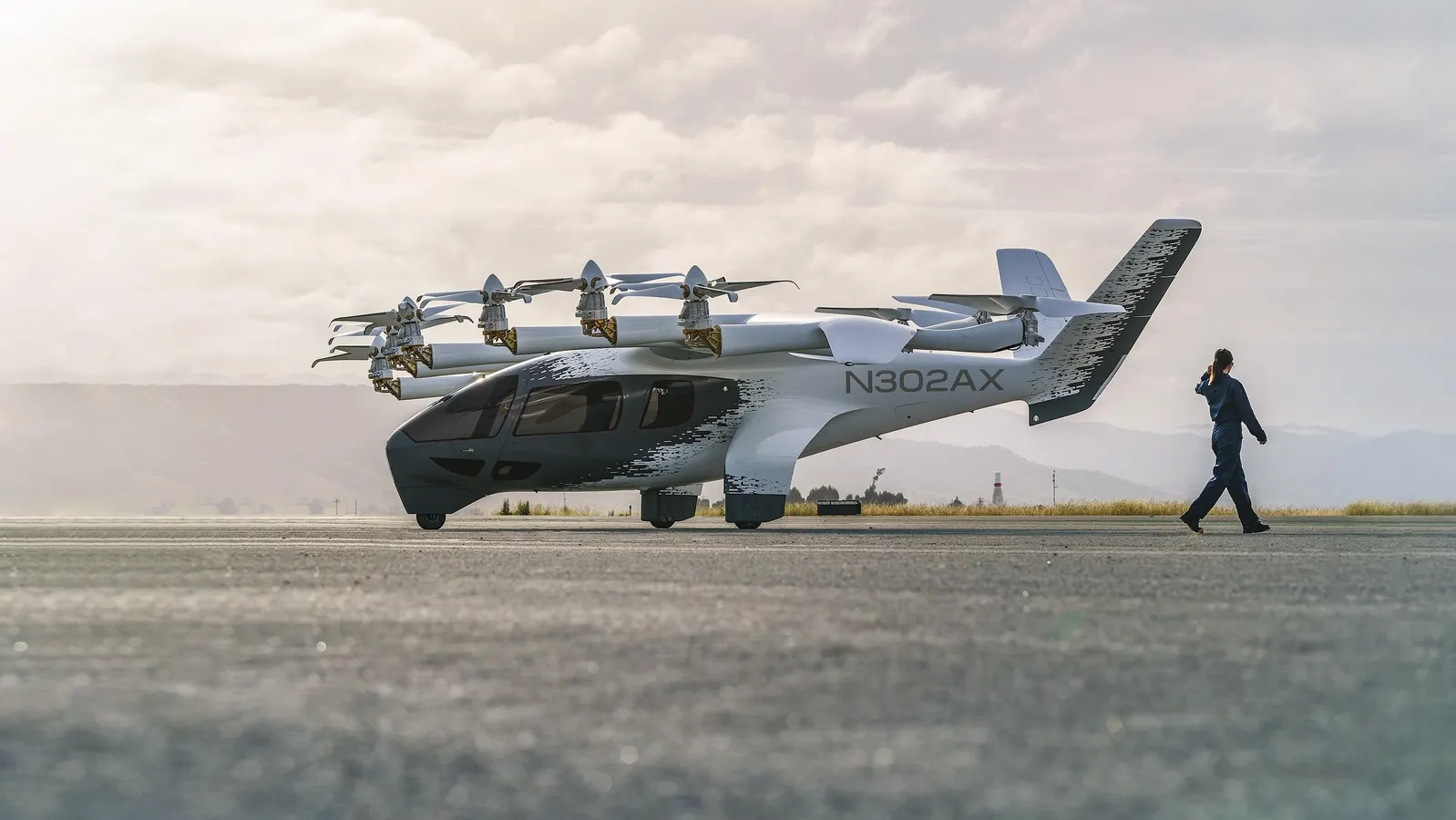The electric vertical takeoff and landing (eVTOL) industry represents one of the most futuristic and ambitious frontiers in modern transportation. At the forefront of this revolution is Archer Aviation Inc. (NYSE: ACHR), a company that has captured the imagination of investors and the attention of major industry players. But is ACHR stock a ticket to the future of urban mobility, or a high-risk bet on a technology still years from commercialization?
This article breaks down the bull case, the bear case, and the key factors every investor should consider.
What is Archer Aviation?
Archer Aviation is a California-based company designing and developing electric air taxis. Their flagship aircraft, Midnight, is a four-passenger, single-pilot eVTOL designed for short, back-to-back trips of approximately 20 miles, with a goal of transforming grueling hour-long car commutes into serene 10-minute flights.
The company’s mission is to unlock the skies, reduce urban congestion, and create a new, sustainable form of transportation.
Read More: Business
The Bull Case: Why Investors Are Excited
- Powerful Strategic Partnerships: This is Archer’s strongest card. The company has a deep, strategic partnership with Stellantis N.V. (parent company of Chrysler, Jeep, Ram, and others). This isn’t just a minor investment; Stellantis is helping Archer design its manufacturing process, leverage its supply chain, and even plans to mass-produce the Midnight aircraft. This provides Archer with a level of automotive manufacturing credibility and scalability that pure-play aviation startups lack.
- The United Airlines MoU (Memorandum of Understanding): Archer has a landmark agreement with United Airlines for the purchase of up to 200 Midnight aircraft, worth an estimated $1.5 billion, with an option for 100 more. United is also providing operational support and a $10 million pre-delivery payment. This suggests serious airline interest in using eVTOLs for urban air mobility and airport shuttle services, providing Archer with a potential anchor customer.
- Progress Towards Certification: Archer is in the rigorous certification process with the Federal Aviation Administration (FAA). They have consistently hit key milestones on their path to type certification, which is the essential regulatory hurdle before commercial operations can begin. Their “for credit” testing with the FAA is a critical and positive step.
- First-Mover Ambition in a Massive Market: The potential market for urban air mobility is enormous. Analysts from firms like Morgan Stanley project the industry could be worth $1 trillion by 2040. Archer is positioning itself as a leading contender to capture a slice of this nascent but potentially disruptive market.
The Bear Case: Significant Risks and Challenges
- The “Pre-Revenue” Problem: Like many eVTOL companies, Archer is currently pre-revenue. It burns significant cash on R&D, testing, and staffing. Investors are funding a vision, and the timeline to profitability is long and uncertain. This makes the stock highly susceptible to dilution through future stock offerings to raise capital.
- Regulatory Hurdles: The single biggest obstacle for Archer and the entire industry is FAA certification. The process is slow, expensive, and has no guaranteed outcome. Any significant delays or setbacks in certification could drastically push back the commercial launch date and cripple the stock price.
- Fierce Competition: Archer is not alone. It competes directly with well-funded rivals like:
- Joby Aviation (JOBY): Often considered the leader, already further along in FAA certification and with its own partnership with Delta Air Lines.
- EHang (EH): A Chinese company that has conducted commercial passenger flights.
- Lilium (LILM): Developing a jet-powered eVTOL with a different design.
The race is on, and there’s no guarantee multiple winners will emerge.
- Execution and Manufacturing Risk: Even with certification, Archer must successfully transition from a prototyping company to a mass manufacturer. Scaling production to meet demand at a competitive cost, all while ensuring safety and quality, is a monumental challenge, even with Stellantis’s help.
- Public Acceptance and Infrastructure: Will people feel comfortable flying in a pilotless (eventually autonomous) aircraft? Furthermore, cities will need to develop “vertiports” (takeoff and landing pads) and integrate these aircraft into their airspace. This is a societal and infrastructural challenge beyond Archer’s direct control.
Key Metrics and Financial Health
As a pre-revenue company, traditional metrics like P/E ratio are irrelevant. Investors instead focus on:
- Cash Runway: How long can the company operate with its current cash? Archer’s cash position and its ability to raise funds without excessive dilution are critical.
- Milestone Achievement: Are they hitting their FAA certification and flight testing targets on schedule?
- Partnership Depth: The continued commitment and financial backing from Stellantis and United are vital signs of confidence.
Conclusion: High Risk, High Reward
Archer Aviation (ACHR) stock is a high-risk, high-potential-reward investment. It is not for the risk-averse or those with a short-term horizon.
- For the optimistic investor, Archer represents a pure-play bet on the future of transportation, backed by credible automotive and airline partners. If the company achieves certification, begins production, and captures even a small percentage of the projected eVTOL market, the current valuation could look cheap in hindsight.
- For the skeptical investor, ACHR is a speculative story stock burning cash in a regulatory quagmire with no guarantee of success. The path is littered with potential pitfalls that could render the investment worthless.
The Bottom Line: Before investing in ACHR, carefully consider your risk tolerance. This is a long-term bet on a vision. The most important near-term catalysts to watch are progress through the FAA certification process, announcements on manufacturing plans with Stellantis, and any further expansion of its partnership with United or other airlines.

